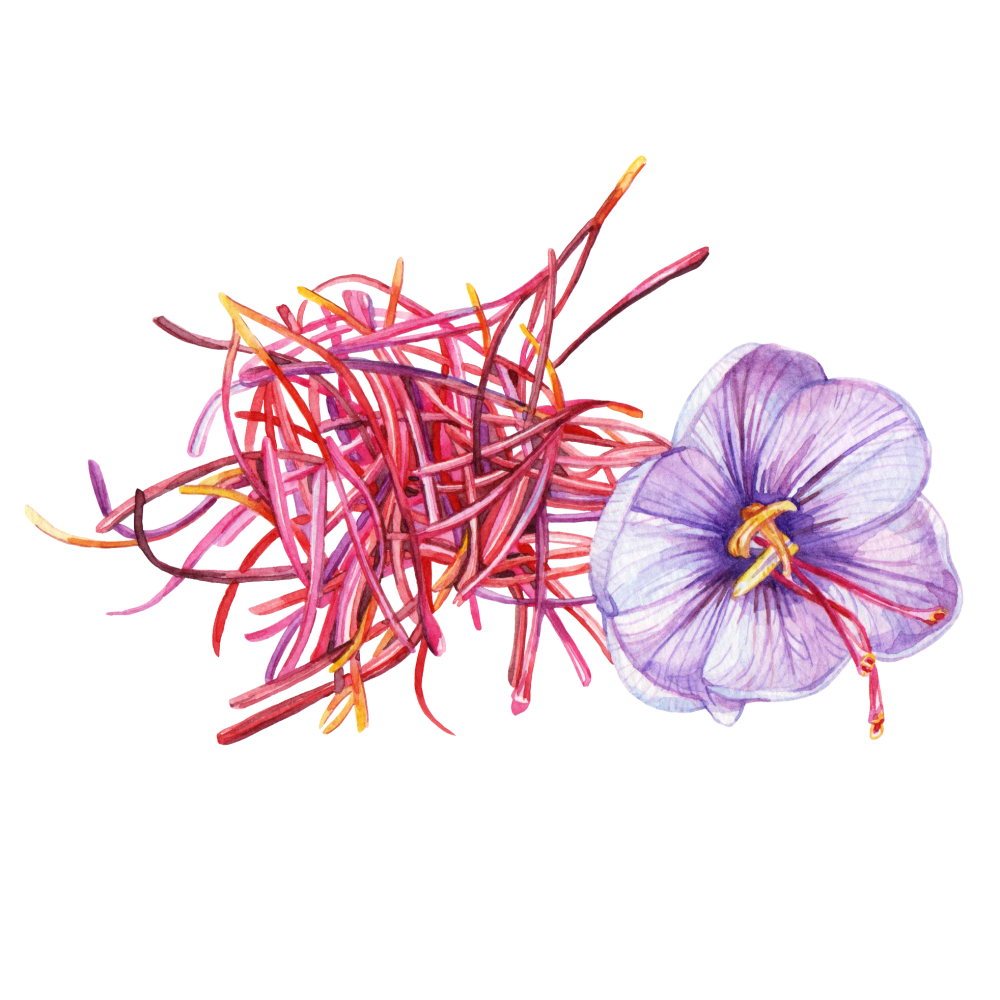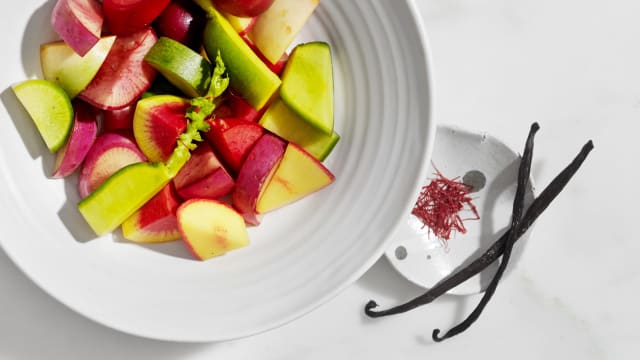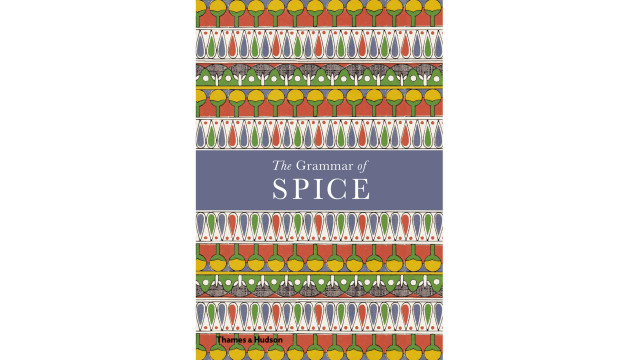Saffron

Latin name: Crocus sativus
Other names: zaafran, kesar, azafrán
Uses: spice, medicine, perfume
What is saffron?
Crocus sativus flowers bloom only a few weeks each autumn, and during that brief period they open to reveal the world’s most expensive spice. Saffron is the fragrant, fiery orange-red stigmas of these bright purple flowers, which must be harvested by hand and carefully dried to preserve their potent aroma. With just three stigmas per flower, it takes 150,000 flowers to get one kilogram of saffron, making it highly labor-intensive and immensely valuable: a kilo can fetch as much as 10,000 dollars.
Why is saffron healthy?
Nicknamed the “sunshine spice,” saffron has long been valued for its medicinal properties. It’s rich in antioxidants that help prevent against oxidative stress, and has been found to brighten mood, enhance libido, and alleviate PMS.
What does saffron taste like?
Saffron has a faintly musky floral smell and tastes slightly sweet, but also astringent and bitter. (If it doesn’t, you may have bought a counterfeit.) Kashmiri saffron is said to have the thickest, longest stigmas and a sweeter flavor than the Iranian harvest. Saffron is also famous for enhancing and amplifying other flavors.
How do I use saffron?
Soak a pinch of saffron strands in warm milk or water to extract its color and flavor or grind it (often together with other spices) in a mortar and pestle before cooking. Grinding makes it possible to use even smaller amounts, conserving the precious resource. Add saffron to the pot last, when the cooking is almost done, to avoid loss of aroma. Try it in ice creams, lassi, and cakes, or pair saffron with carrots, leeks, or squash. Don’t worry too much about overpowering it with other aromatic spices — saffron always stands out.
What does saffron pair well with?
Rice dishes in Iran, biryani and kheer (pudding) in India, Italy’s risotto alla Milanese, the French classic bouillabaisse, and Spanish paella are all flavored and colored with saffron. Because they play so well in spice blends, these incandescent filaments frequently brighten all manner of meat, poultry, and seafood stews from Morocco to India.
Where does saffron grow?
Where saffron originated is still a mystery — some say Greece, others think it’s Iran. Saffron is a domesticated plant of a species of Crocus cartwrightianus, a wild crocus found in eastern Greece. But saffron-based pigments have been found in 50,000-year-old paintings in northwest Iran. Today, Iran grows more than 90 per cent of the world’s crop. India, Italy, Spain, Greece, and Morocco also grow saffron, but in relatively miniscule amounts.
Surprising saffron fact:
Consuming saffron in high quantities — five grams or more at a time — can be poisonous. Doses of 12 to 20 grams can even cause death. Since only a little is needed in cooking, accidental saffron poisoning is nearly impossible. (And besides, it would cost a fortune!)




